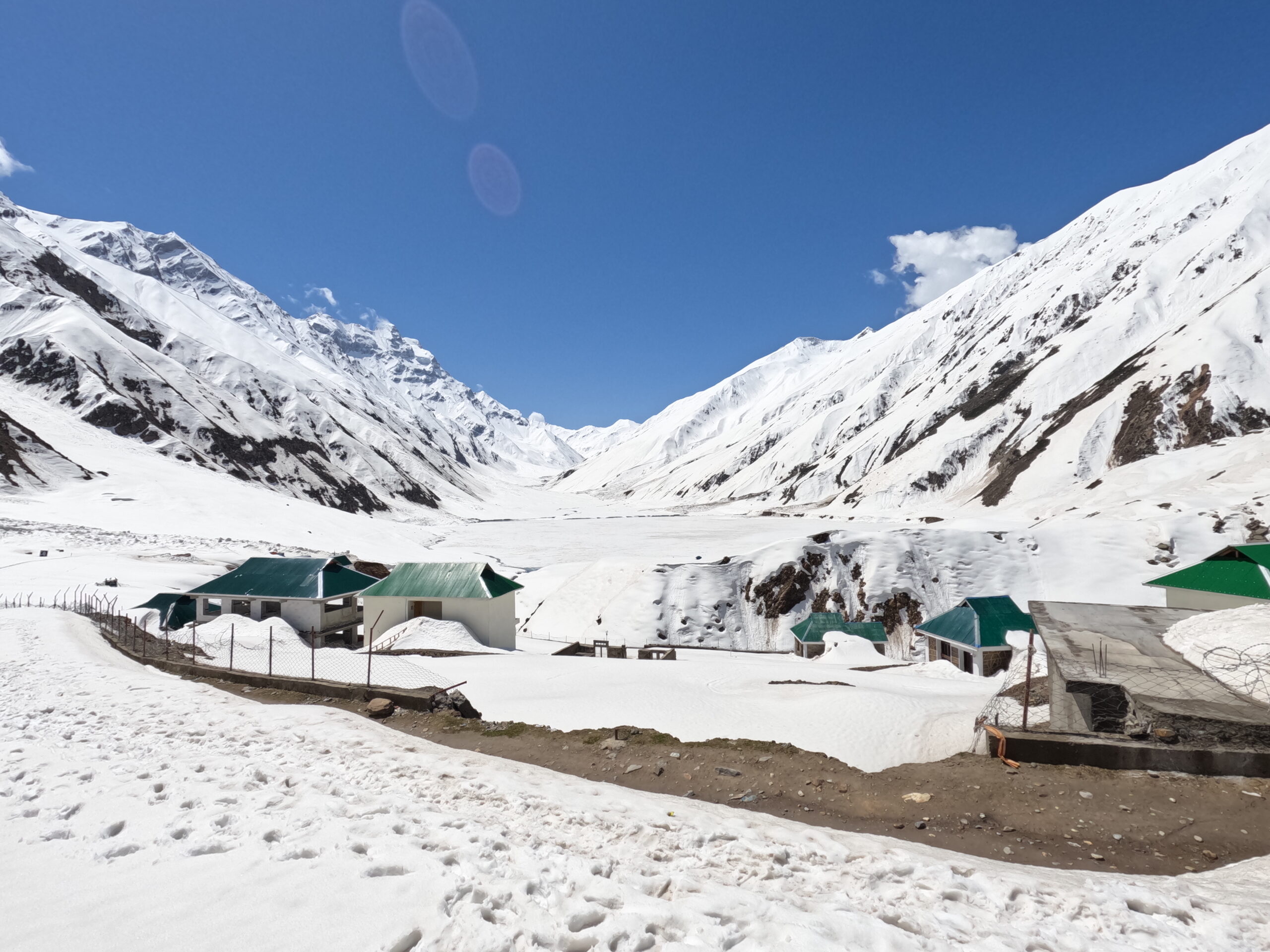When winter descends upon the majestic mountains of northern Pakistan, it transforms its scenic lakes into mesmerizing snow-covered wonders. These icy, tranquil landscapes offer more than just a visual treat — they create a surreal atmosphere for adventurers, photographers, and solitude seekers. Whether you are planning a winter trek or just admiring nature’s calm, snow-covered lakes in Pakistan are a must-visit.
Top Snow Covered Lakes in Pakistan
1. Lake Saif ul Malook – Naran
Located in Naran Valley, Saif ul Malook turns into a dreamlike icy spectacle during winter. Surrounded by snow-draped mountains, this lake is often frozen from December to March. The legend of the prince and the fairy adds a mystical vibe to the frozen beauty of the lake.
- Altitude: 3,224 meters
- Best Time to Visit for Snow: December to February
- Activities: Snow hiking, photography
2. Ratti Gali Lake – Azad Kashmir
Accessible via Dowarian (Neelum Valley), Ratti Gali Lake is a glacial alpine lake that becomes covered with snow during the harsh winter months. While it’s mostly visited in summer, winter trekkers and hardcore explorers can witness its frozen charm.
- Altitude: 3,683 meters
- Best Time for Snow Views: Late October to early March
- Special Note: Requires professional guidance for winter access
3. Lulusar Lake – Kaghan Valley
Lulusar, located on the way to Babusar Top, is a high-altitude lake that remains under a blanket of snow in winter. While the road may close in peak winter, the aerial views from surrounding areas offer a pristine look at this frozen marvel.
- Altitude: 3,410 meters
- Snow Season: December to March
- Highlights: Panoramic snow-covered views, peaceful ambiance
4. Sheosar Lake – Deosai Plains
In the summer, Sheosar Lake is known for its wildflowers and green plains. But come winter, it lies hidden under layers of snow in the Deosai National Park — often called the “Roof of the World”. Access is restricted during peak snowfall, making it a gem for aerial photographers and explorers in spring.
- Altitude: 4,142 meters
- Best Time to View Snow: May (melting snow) or late autumn
- Famous For: Wildlife, stunning elevation, snow-capped surroundings
5. Attabad Lake – Hunza
Although Attabad Lake doesn’t completely freeze over like some alpine lakes, its surrounding landscape turns white with thick snow, offering stunning views of icy cliffs, turquoise waters, and snowy peaks.
- Altitude: 2,500 meters
- Best Time for Snow-Covered Views: December to February
- Tourist Tip: Enjoy winter boat rides with frozen cliffs around you
Why Visit Snow Covered Lakes in Pakistan?
❄️ Winter Serenity
The frozen silence of these lakes brings a peaceful escape from busy life. It’s an ideal time for meditation, writing, and self-reflection.
📸 Photography Heaven
From frozen surfaces to reflected mountain peaks, these lakes offer Instagram-worthy winter content and rare natural compositions.
🏔️ Adventure and Trekking
For thrill-seekers, visiting snow-covered lakes means challenging treks, camping in snow, and surviving in the wild — perfect for adventure tourism.
Safety & Travel Tips
Prepare for extreme cold: Temperatures can drop below -10°C
- Go with a local guide: Especially for frozen treks like Ratti Gali or Sheosar
- Pack essentials: Warm layers, gloves, energy food, trekking poles
- Check road conditions: Many routes close after heavy snow, especially Babusar Top or Deosai
Sustainable Travel Note
When visiting fragile snow environments, avoid littering and disturbing local wildlife. Practice Leave No Trace principles and support eco-tourism for a better future.
Final Thoughts
Pakistan’s snow-covered lakes offer breathtaking landscapes, peaceful moments, and a rare connection with untouched nature. Whether you’re an adventurer, a romantic traveler, or a photographer, these lakes will leave a lasting impression.
🧭 Plan your winter trip today and uncover the magical side of snow-covered lakes in Pakistan — where every snowflake tells a story.
Visit PakJourney.com for guided winter tours, local insights, and updated travel tips across Pakistan’s breathtaking northern areas.

